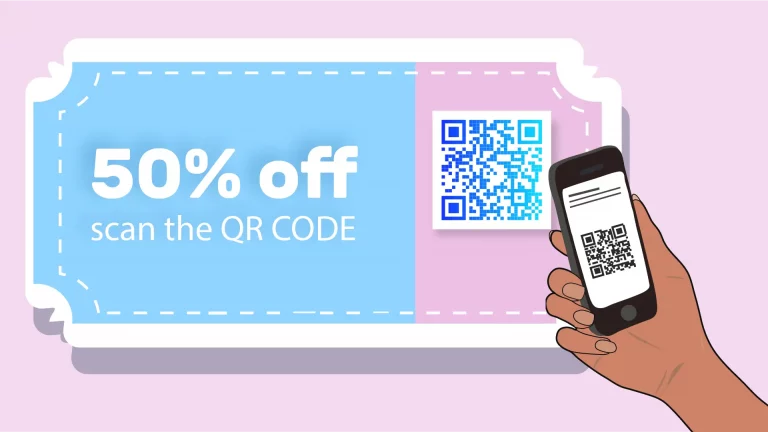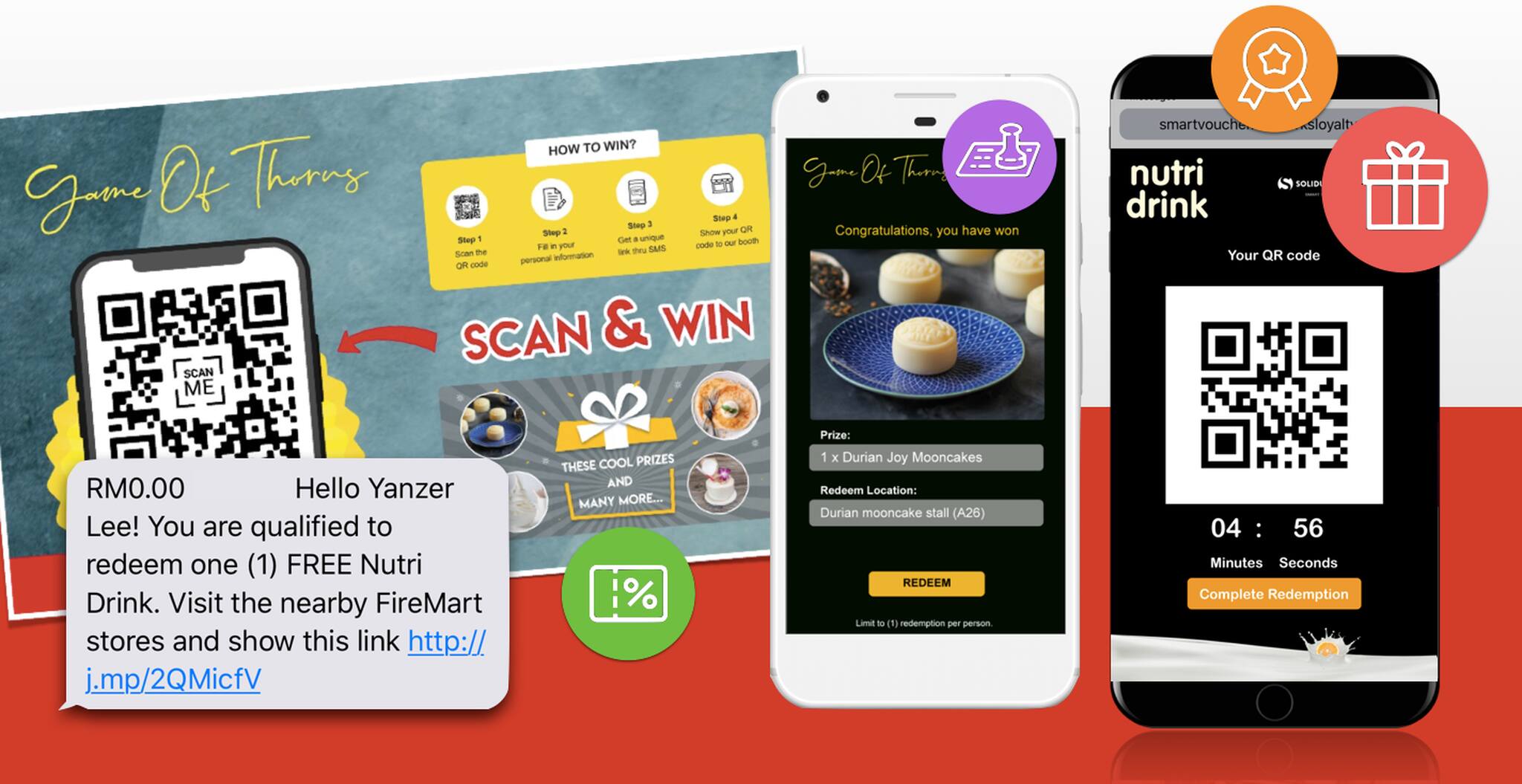Boost Client Retention With a Powerful Commitment System
In today's affordable market, enhancing customer retention is not just useful however crucial for continual growth. A well-designed commitment system offers as a critical tool in this endeavor, cultivating purposeful relationships between companies and their consumers. By recognizing the basic components of efficient loyalty programs, companies can customize their techniques to meet varied customer needs.
Relevance of Client Retention
Client retention is a cornerstone of sustainable business success. It mirrors the capacity of a business to maintain its clients involved and pleased over time, resulting in repeat purchases and long-lasting productivity. Maintaining existing customers is typically extra cost-efficient than obtaining new ones, as it minimizes advertising and marketing costs and promotes a devoted client base that supports for the brand name.

Furthermore, high consumer retention prices can boost a company's track record in the marketplace, bring in brand-new consumers via favorable word-of-mouth and referrals. Services that prioritize consumer retention are likewise better placed to collect beneficial responses, allowing them to improve their offerings and address potential issues proactively. Ultimately, reliable consumer retention techniques develop a strong foundation for growth, allowing companies to grow in an increasingly competitive landscape.
Secret Parts of Loyalty Programs
A well-designed commitment program acts as an effective tool for enhancing customer retention by offering incentives that urge repeat business. To attain this, a number of vital elements need to be integrated into the program.
First, a clear framework for benefits is essential. Clients should quickly recognize exactly how to gain benefits or factors, which can be based upon purchase regularity, investing degrees, or specific actions like references. This openness fosters trust and encourages interaction.
2nd, personalization plays an essential function. Customizing incentives and interaction to private preferences enhances client complete satisfaction and enhances partnerships. By leveraging data analytics, businesses can offer targeted promos that reverberate with customers' rate of interests.
Third, simplicity of use is important. A seamless sign-up process and an user-friendly interface for tracking rewards can considerably enhance client experience. They might disengage. if clients discover it difficult to browse the program.
Lastly, regular communication and updates about the program maintain it top-of-mind for consumers. Informing them of new rewards, exclusive deals, or program adjustments aids keep rate of interest and interaction.
Integrating these components efficiently can lead to a more effective commitment program that substantially improves customer retention.
Sorts Of Loyalty Equipments
Discovering numerous types of loyalty systems discloses distinctive methods that businesses can adopt to cultivate consumer retention. One typical type is the points-based system, where consumers make points for each acquisition, which can later on be retrieved for rewards. This straightforward strategy incentivizes repeat acquisitions and maintains consumers engaged.

Cashback commitment programs, where clients obtain a percent of their purchases back as money or shop credit, are also prominent. This design straight compensates investing, producing an instant incentive for customers to return.
In addition, subscription-based commitment systems offer clients with unique benefits for a repeating charge. This strategy not only makes sure a constant earnings stream yet likewise promotes long-term relationships with consumers who value continuous benefits.
Lastly, experiential commitment programs concentrate on providing unique experiences, such as personalized solutions or unique occasions, enhancing psychological connections and brand commitment. Each kind of commitment system uses distinct advantages, enabling services to straighten their approaches with consumer choices.
Finest Practices for Execution
When implementing a commitment system, organizations should focus on comprehending their customer base to customize the program efficiently. Performing comprehensive study to determine customer inspirations, habits, and choices is vital. This understanding will assist the design of the loyalty program, guaranteeing it reverberates with the target audience.
Picking a version that aligns with customer expectations can improve interaction. In addition, simpleness is This Site crucial; customers ought to quickly understand how to make and retrieve incentives.
Assimilation with existing systems is another best practice. The loyalty program should perfectly get in touch with point-of-sale systems, mobile applications, and client connection monitoring (CRM) devices to give a natural experience. In addition, reliable interaction is essential. Services must frequently promote the loyalty program with numerous networks, guaranteeing clients are conscious of the benefits.
Last but not least, gathering ongoing comments is vital for continuous improvement. Obtain client input to adapt and refine the program to transforming preferences, inevitably promoting lasting loyalty and boosting consumer satisfaction.
Determining Loyalty Program Success
Efficiently carrying out a commitment program lays the groundwork for gauging its effectiveness. To determine success, companies have to develop clear metrics that align with their goals. Trick performance signs (KPIs), such as consumer retention rates, typical purchase worth, and frequency of repeat purchases, supply valuable insights right into program performance.
Another important measure is the redemption rate, which suggests how commonly consumers utilize their rewards. A high redemption rate usually shows a program's good looks and relevance to customers. Furthermore, tracking client interaction via engagement in unique promotions or events can reveal trends in loyalty habits.
Consumer responses is additionally essential; surveys and focus groups can illuminate perceptions of the loyalty program, highlighting areas for improvement. Additionally, evaluating customer lifetime worth (CLV) can aid evaluate the economic influence of commitment efforts.
Executing these measurement strategies permits organizations to analyze the program's performance continuously. This data-driven technique allows notified choices for enhancing offerings, improving client experiences, and ultimately cultivating much deeper client loyalty. By regularly assessing these metrics, companies can ensure their commitment programs progress in tandem with client assumptions and market dynamics.

Conclusion
Finally, a well-structured commitment program significantly enhances client retention by cultivating solid links through personalized benefits and effective communication. Carrying out best practices guarantees that the program stays pertinent and straightforward, while continuous feedback helps with continuous improvements. Ultimately, a powerful loyalty system not only increases client contentment yet additionally drives repeat acquisitions, developing a devoted consumer base that is important for long-term company success and sustained success.
Keeping existing customers is frequently more cost-effective than acquiring brand-new ones, as it minimizes advertising and marketing costs and promotes a loyal customer base that advocates for the brand name.
In enhancement, high client retention rates can boost a business's track record in the market, attracting brand-new consumers with positive word-of-mouth and references.When carrying out a loyalty system, services must prioritize recognizing their client base to tailor the program properly. Services ought to regularly advertise the loyalty program via different channels, making certain customers are aware of the benefits.
Eventually, an effective loyalty system not only enhances customer complete satisfaction but additionally drives repeat purchases, weblink establishing a devoted customer base that is crucial for long-term organization success and sustained productivity.